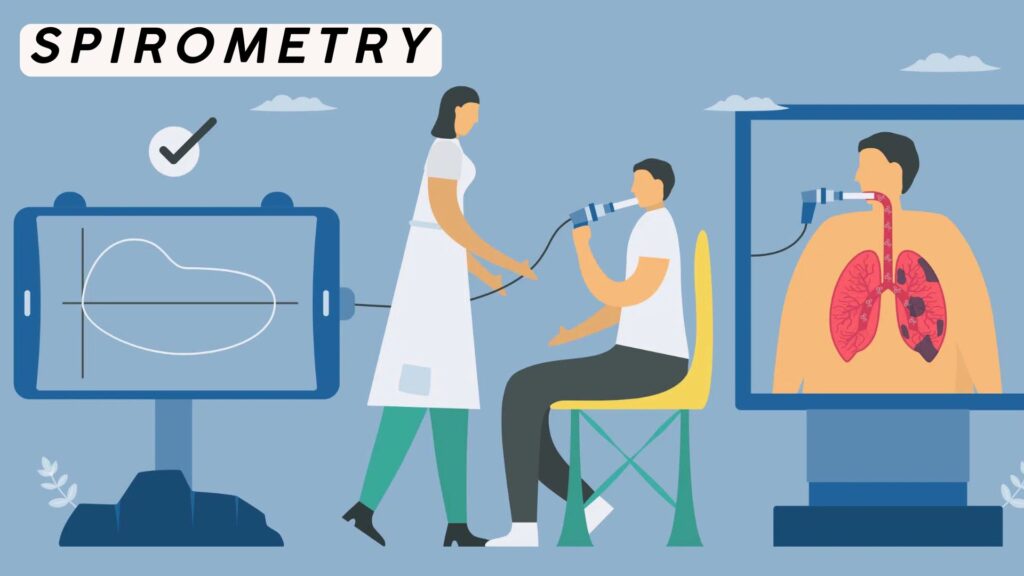
What is Spirometry?
It is an important diagnostic tool used very commonly in respiratory conditions. It assesses a function of the lung and helps in diagnosis and also provides inside on disease progression or response to treatment.
The procedure :
Spirometry is a type of pulmonary function test . The patient is asked to take deep breath in and out into a machine which has a tube attached to it.
The machine then records the volumes of the line. The flow of the rapidity be. This can be done. Various parameters are then assist and recorded via this machine. One of the most important parameters is hosted by capacity (FVC).
Indicates how deep a person can inhale the breath along with the volume.
Another important parameter is forced expiratory volume (FEV) which measures the maximum volume of air, which has been exhaled out of the lung. FEV1 measures the air exhaled in the first second of forced exhalation.
It is a simple out patient tests.
Sometimes patients are given a bronchodilator and test is repeated.
A post bronchodilator reversibility in FEV1 of 12% is highly consistent with diagnosis of bronchial Asthma.
Other conditions where spirometry is used for diagnosis, prognosis and assessing treatment response in Chronic Obstructive Pulmonary Disease (COPD), Intertstital Lung Disease (ILD).
Your chest physician may ask to not take inhalers on the morning of the test.
Multiple attempts are tried by the respiratory technician to get the best loops in the test.
The pulmonologist then reads the test and classifies the lung disease as obstructive, restrictive or mixed .
Sometimes other lung function tests like DLCO, whole body box or impulse spirometry are added to get a complete picture of the lung functions.